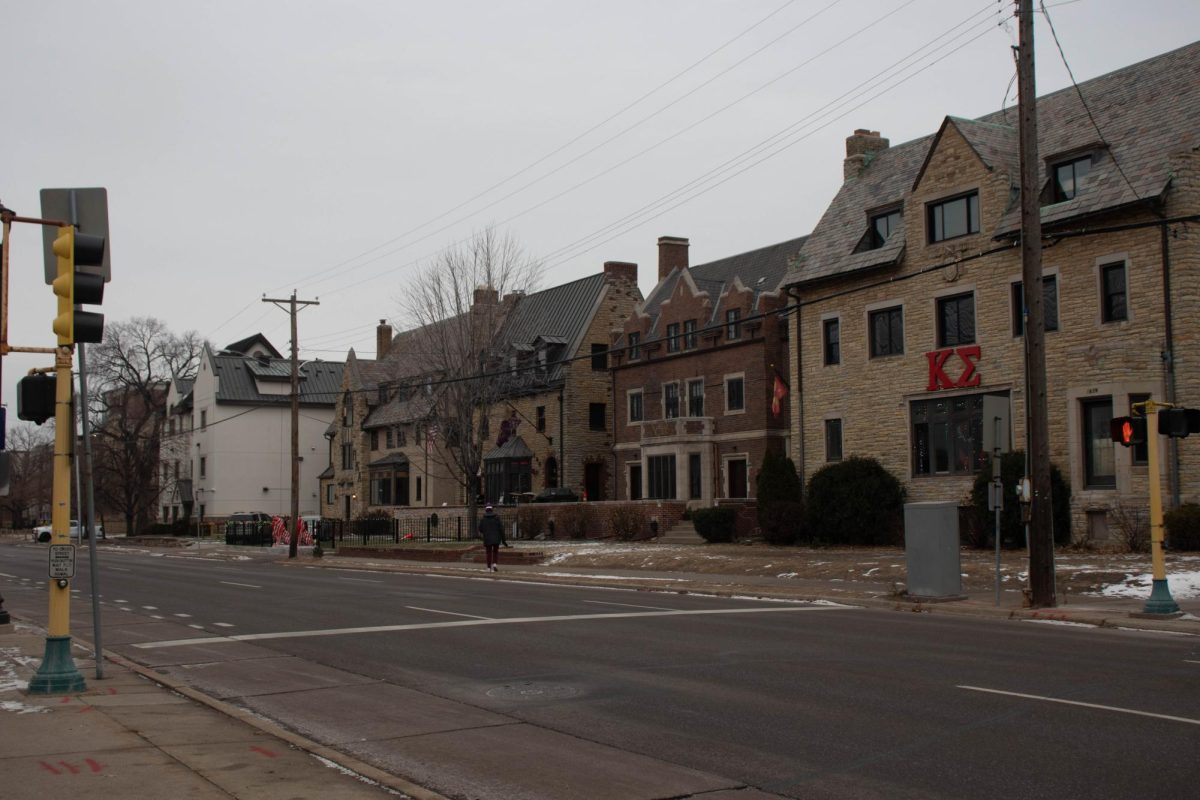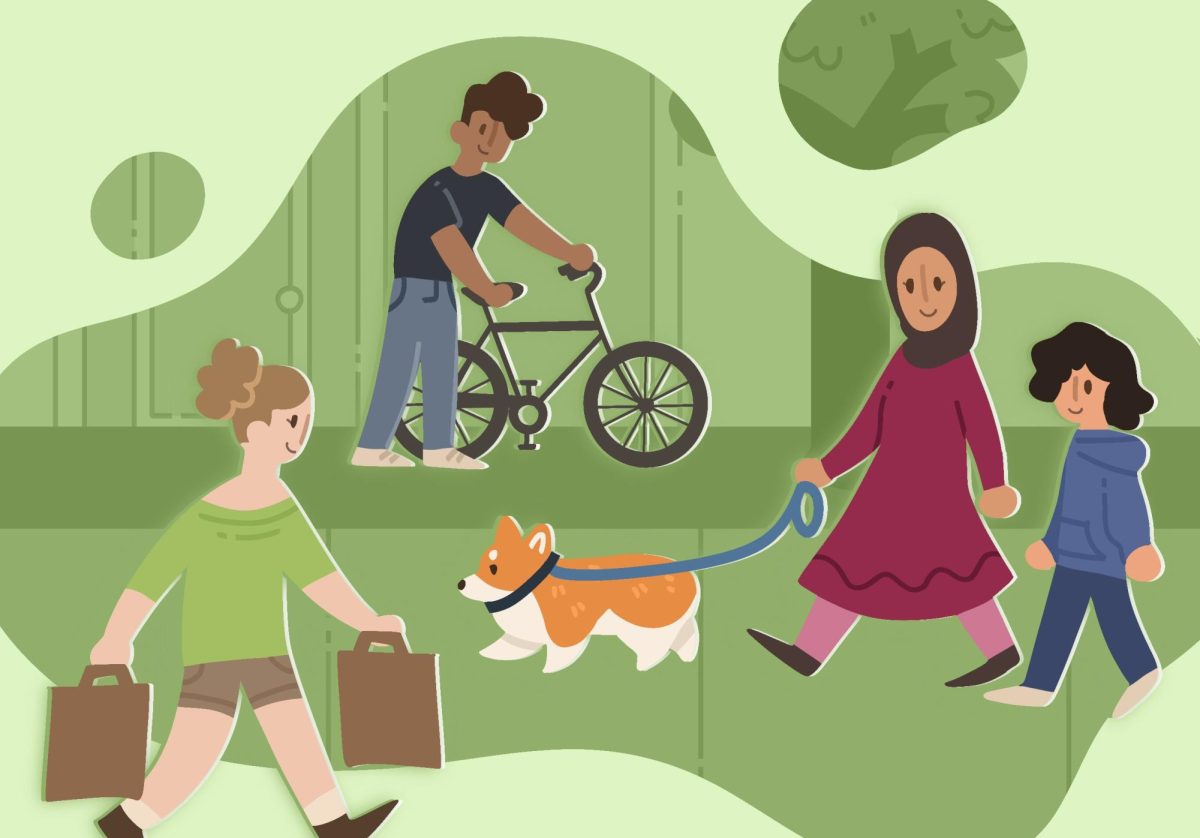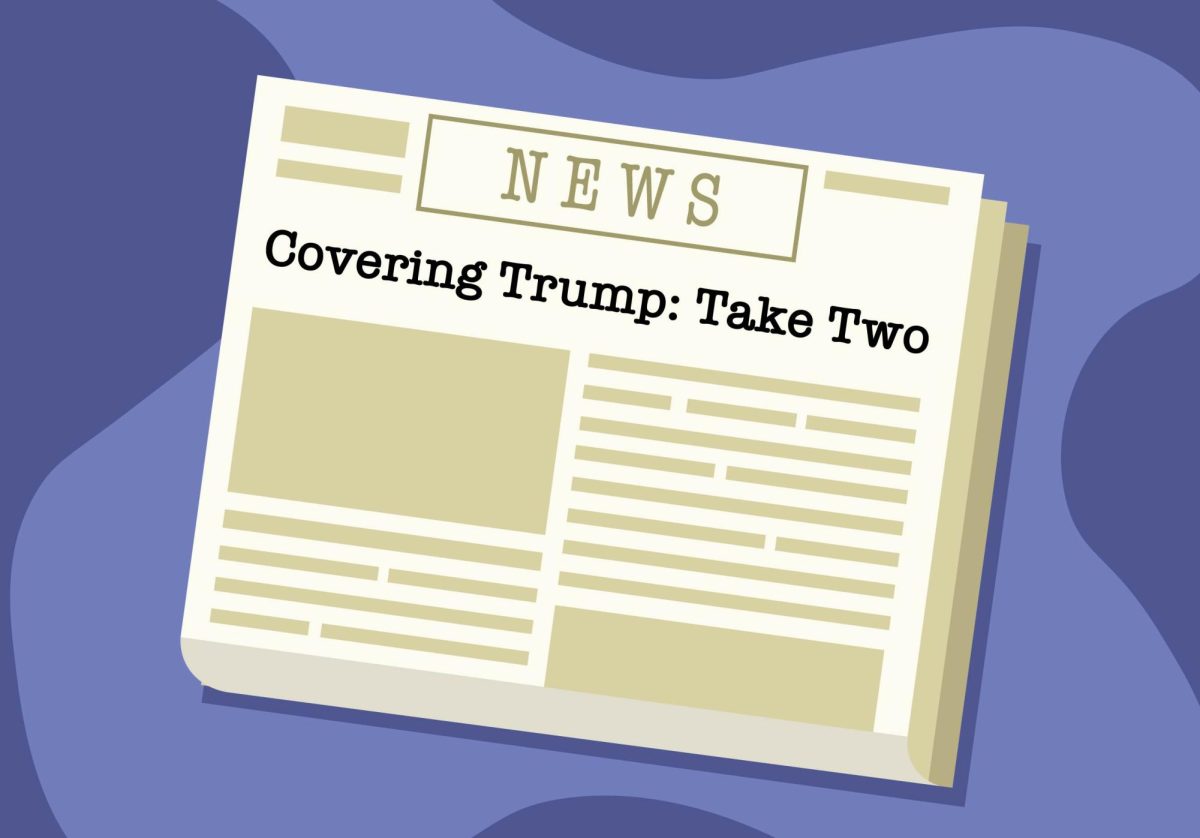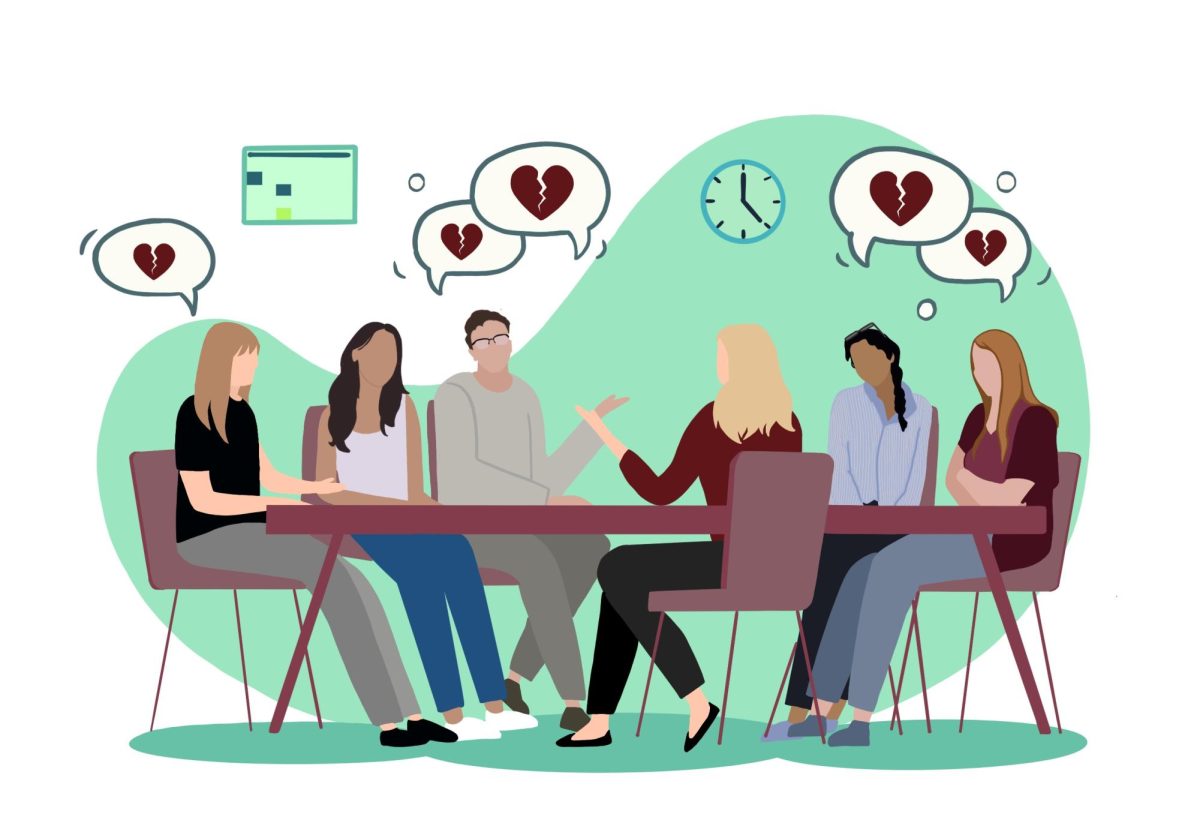FBy Sen. Dick Day  or decades, Minnesotans turned a blind eye to the needs of our transportation system. Although it is a core function of state government, building roads and bridges and managing a transit system doesn’t exactly fire the imagination, and legislators and governors of all political stripes have found more interesting ways to spend our money.
or decades, Minnesotans turned a blind eye to the needs of our transportation system. Although it is a core function of state government, building roads and bridges and managing a transit system doesn’t exactly fire the imagination, and legislators and governors of all political stripes have found more interesting ways to spend our money.
A couple of years ago, however, we had a convergence of increasingly intolerable congestion on metro freeways and a billion-dollar price tag on a light rail system that would do nothing to solve the problem. That finally got everyone’s attention. Minnesotans all over the state began to wonder about the wisdom of our transportation planners. But former Gov. Jesse Ventura, his department of transportation, and the Met Council – along with their smart growth allies (liberal Democrats) – dug in and insisted on going forward with the light rail boondoggle. The driver sitting at a ramp meter or watching a car pass now and then in the carpool lanes was outraged. He – and I – began to protest some of the decisions coming from transportation officials.
Being a legislator from out-state Minnesota, I first criticized slow drivers in the left lane on highways and persuaded the Minnesota Department of Transportation to post the signs that you now see that remind motorists to move right when moving slowly. Next, I authored a bill which required a study of our ramp meter system, and I am pleased to say that the results, which received national attention, led to major changes in the way MnDOT manages that system.
Most recently I asked that MnDOT open the carpool lanes to all traffic, and though the feds stepped in and nixed the plan (one of my boldest propositions, perhaps, was to opt out of the federal highway program entirely – tax gasoline at the same level but keep the proceeds right here in the state), we are experimenting with charging a fee for drivers in these under-utilized lanes.
At a town meeting I held in Bloomington, Minn., a couple of years ago, a gentleman stated, aptly, that as far as transportation planning in the state is concerned, the vegetarians are running the slaughterhouse. My principal objection in matters related to state transportation policy has been that entrenched bureaucrats and “planners” in ivory towers engage in attempts at behavior modification. They don’t appreciate that there are limits to the amount of coercion a normal human being will tolerate: We instinctively do a cost-benefit analysis, and where roads are concerned we’re coming up short on the benefit side.
Thanks to Republicans in the Legislature and in the governor’s office, we will spend an additional $1 billion – raised by bonding – on road and bridge construction over the next two years. Democrats didn’t want to use this method of financing; instead they proposed an increase in the gas tax, stating that borrowing to pay for road construction would cost us $200 million more than our current “pay-as-you-go” gas tax and fee-funded system.
I did some quick math based on numbers I recall from my various battles with MnDOT.
Consultants on the ramp meter study calculated the value of a commuter’s time at $9 an hour. If you estimate that congestion on, for example, the crosstown, costs each of the 78,000 daily drivers just five extra minutes a day, that’s an annual cost of more than $15 million, or $300 million over 20 years – the life of a transportation bond.
Or think of it this way: $200 million in interest over 20 years would cost each Minnesotan a whopping $2 per year. Not to mention that $150 million that the Democratic-Farmer-Labor Party cut from the final transportation bill would have built as many as 100 miles of out-state roads or added a third lane to Interstate Highway 494 between Interstate Highway 394 and U.S. Highway 100.
Minnesotans who are on the roads, whether they are city streets, rural roads or freeways, seem to have a much more realistic sense for what works than the so-called professionals. Among the ideas they offered at the town meeting were standardizing the speed limit, making both Portland and Park avenues one-way going into downtown Minneapolis in the morning and the other way going out in the afternoon, and synchronizing lights.
My advice to you is to be vigilant. Whether you commute by car or bus or expect to take advantage of the new light rail line, efficient, effective state transportation policy – like all policy – requires that each of us participate by letting our elected, and unelected, officials know about our experiences on our roads. We need to tell them what we know works or doesn’t work, and our likes and dislikes about the system. After all, you’re in the driver’s seat!
Minnesota Senate Minority Leader Dick Day represents the Owatonna area. He can be reached at [email protected]







